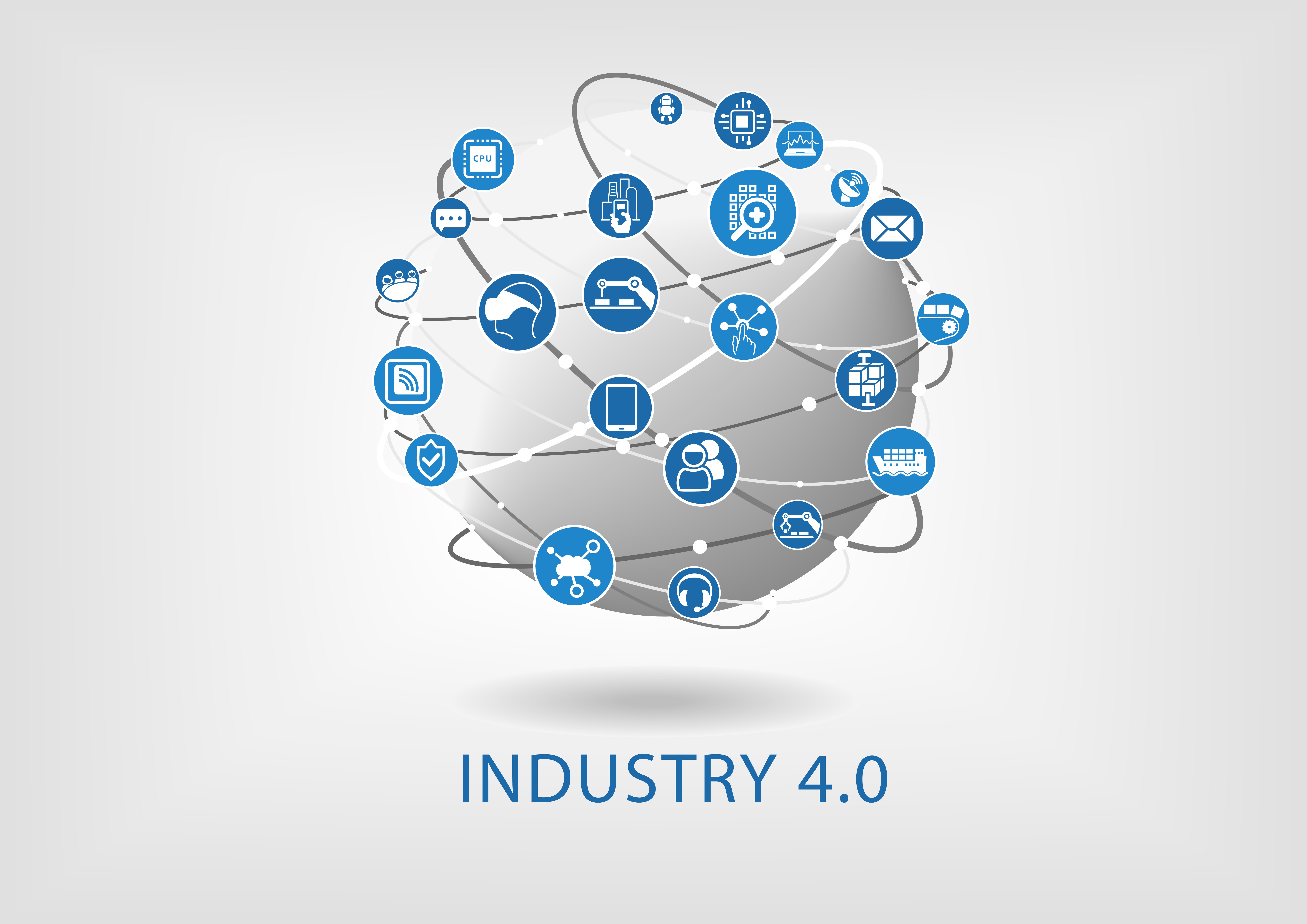The Internet of Things (IoT) is changing the face of manufacturing. Cloud computing is coming to manufacturing. Industry 4.0’s automation and data exchange has reshaped the way things are made.
In the beginning of 2016, these statements championed the power of disruptive technologies that were changing manufacturing. While these technologies came and we saw, have they in fact conquered the world of manufacturing?
There is no easy answer.
With Industry 4.0, IoT, the Cloud and Big Data came a lot of hype; however, many manufacturers are still struggling to implement strategies to fully deploy them.
IoT was designed to spur the fourth industrial revolution (Industry 4.0) into motion, creating a new wave of technological changes that would transform the manufacturing industry. While it is still positioned to do so, adoption has been slower than anticipated.
Manufacturers are still wrestling with how to unlock value from Industry 4.0. In fact, only 30 percent of technology suppliers and 16 percent of manufacturers have an overall Industry 4.0 strategy in place, and just 24 percent have assigned clear duties for implementing it. However, a Price Waterhouse Cooper survey shows some manufacturers are making the most of IoT in several ways including:
· 35% of U.S. Manufacturers are collecting data from IoT sensors
· 38% build sensors into products so end-users can collect data
· 34% feel their IoT strategy is critical
· 18% of companies who make industrial machinery use IoT devices
Did IoT come in with unrealistic expectations? Maybe. Yet I believe smart manufacturing is more than a distant promise. Integrating the connectivity of IoT into old technology formats is just the first phase. It will eventually grow as older pieces are retired.
From a PR perspective, we, much like most of the industry, followed the excitement and urged our clients not to be left behind. Was this all for nothing? No. There will always be a “next big thing” that comes along. But like I’ve said before, companies that successfully navigate these trends and disruptions and meaningfully apply them to their work are best positioned to stay relevant, rather than fading into the background.
IoT is not going away, nor is Industry 4.0. More than buzzwords, these concepts have a firm place in manufacturing’s future. And they are constantly evolving. As an industry, we are learning how to navigate them. Now that we have the technology, it’s up to us to make sure systems stay current, and to develop strategies that take advantage of new opportunities.



